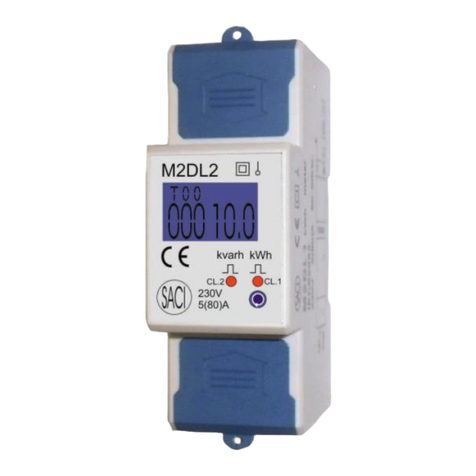TABLE OF CONTENTS
1 SAFETY PRECAUTIONS......................................................................3
2 DESCRIPTION.........................................................................................3
GENERAL...................................................................................................3
MODULE.....................................................................................................3
MEASUREMENT..........................................................................................4
ENERGY.....................................................................................................6
HARMONIC.................................................................................................8
POWER QUALITY .......................................................................................9
DEMAND...................................................................................................11
MAX/MIN..................................................................................................12
MEMORY MODULE(DM1)...................................................................15
ANALOGUE INPUT MODULES(DM2,DM3,DM4)..........................15
ANALOGUE OUTPUT MODULE(DM5).................................................16
COMMUNICATION.....................................................................................19
3 INSTALLATION .....................................................................................20
4 OPERATION ..........................................................................................24
DISPLAY...................................................................................................24
SETUP BUTTON........................................................................................25
SETUP MENU OVERVIEW ........................................................................26
PROGRAM EXAMPLE................................................................................36
5 COMMUNICATION ...............................................................................37
6 MAINTENANCE AND TROUBLESHOOTING .................................37
7 TECHNICAL SPECIFICATIONS.........................................................38






























